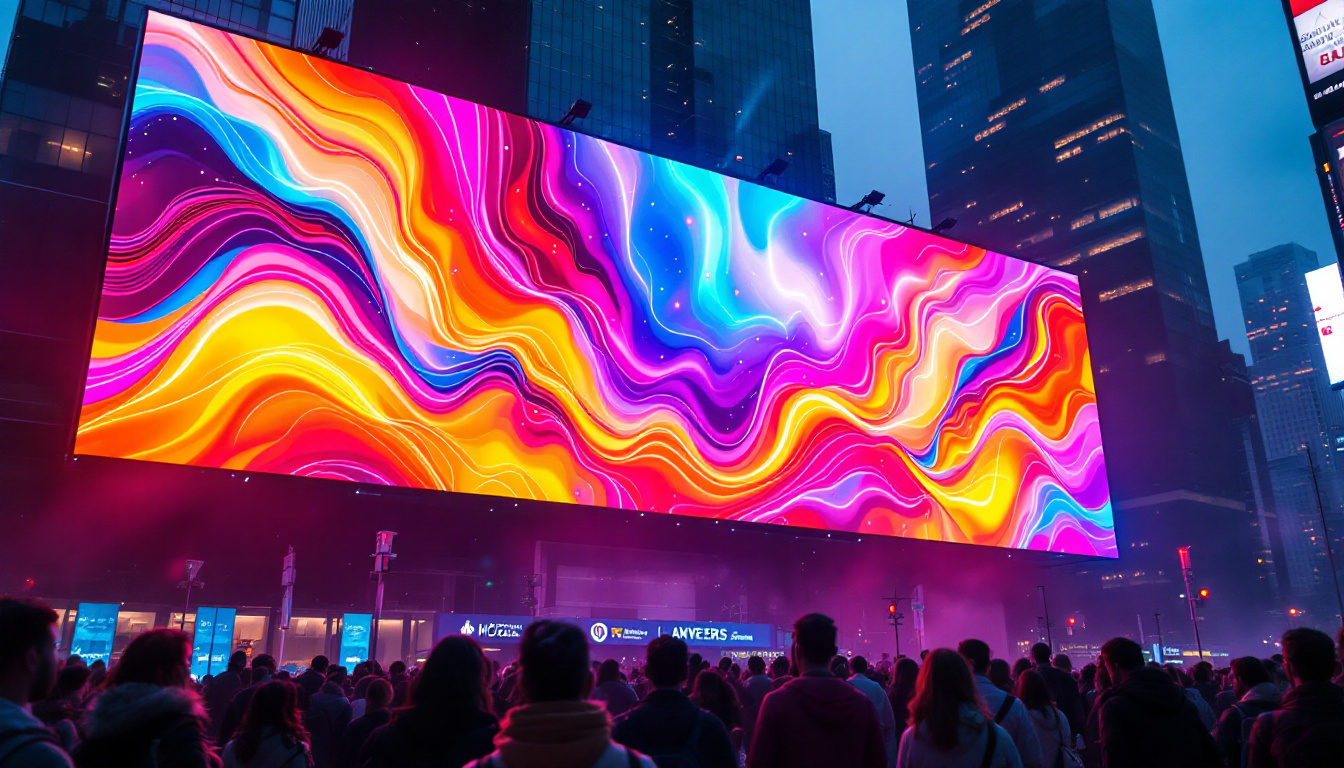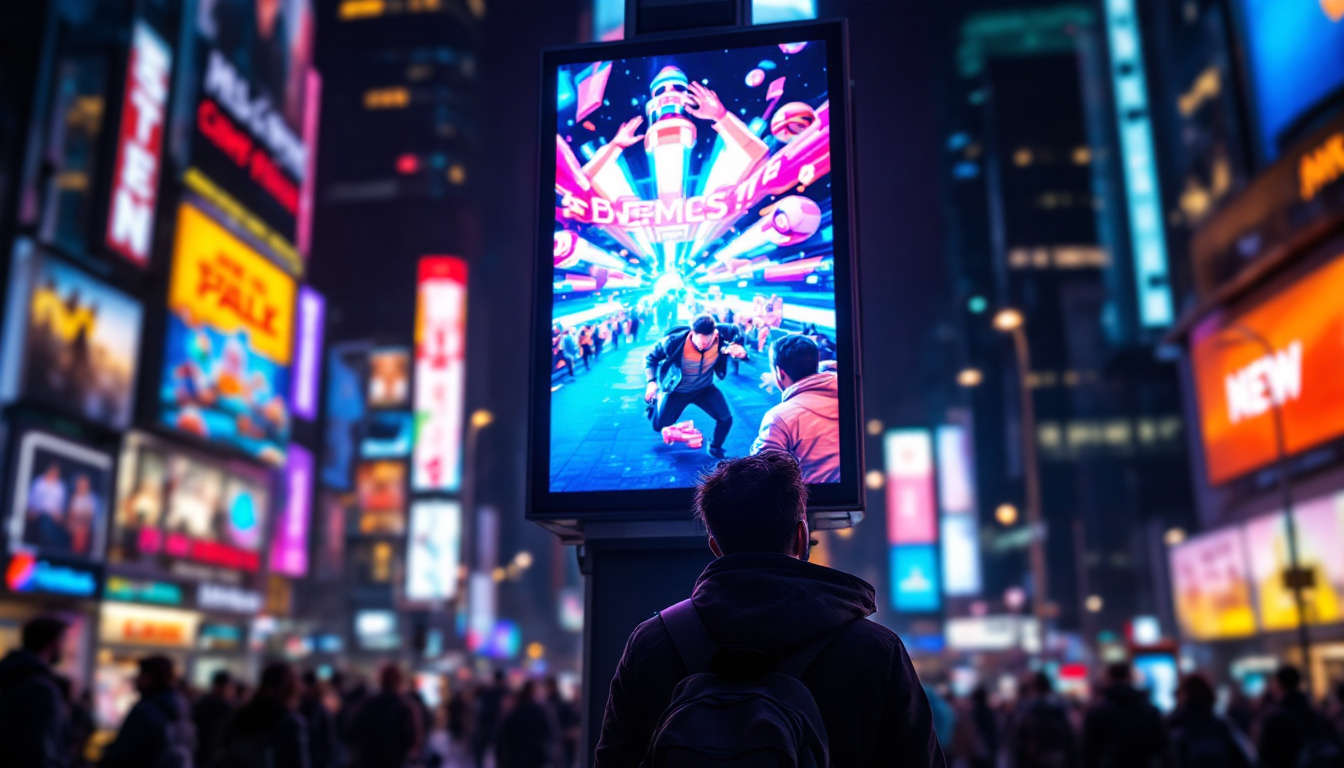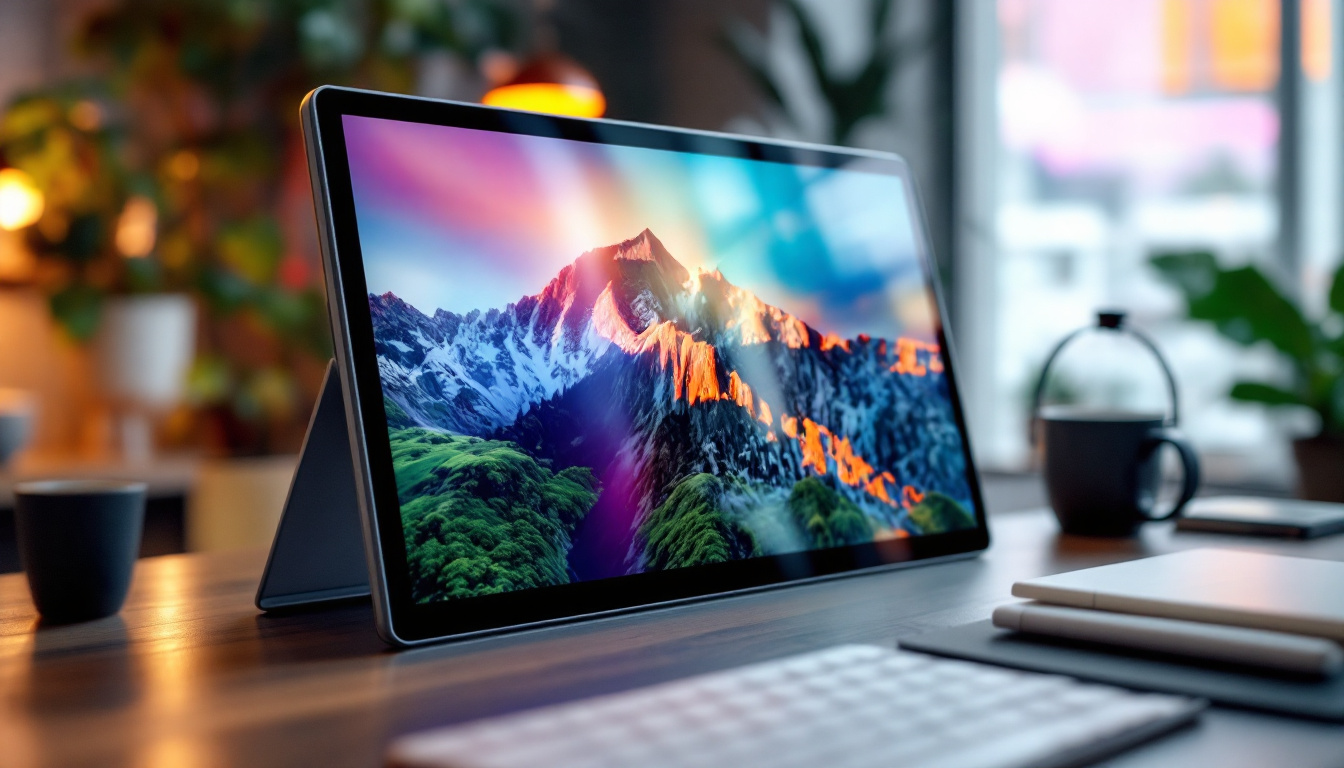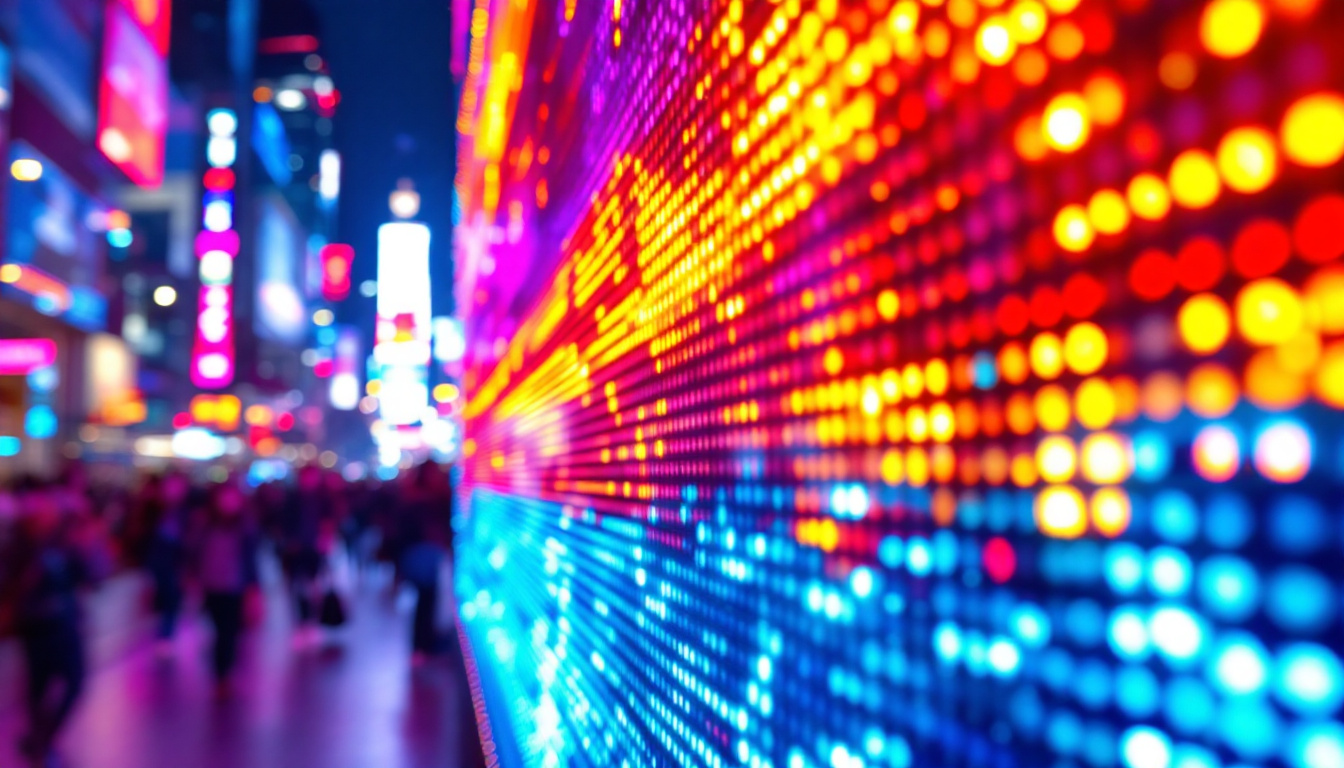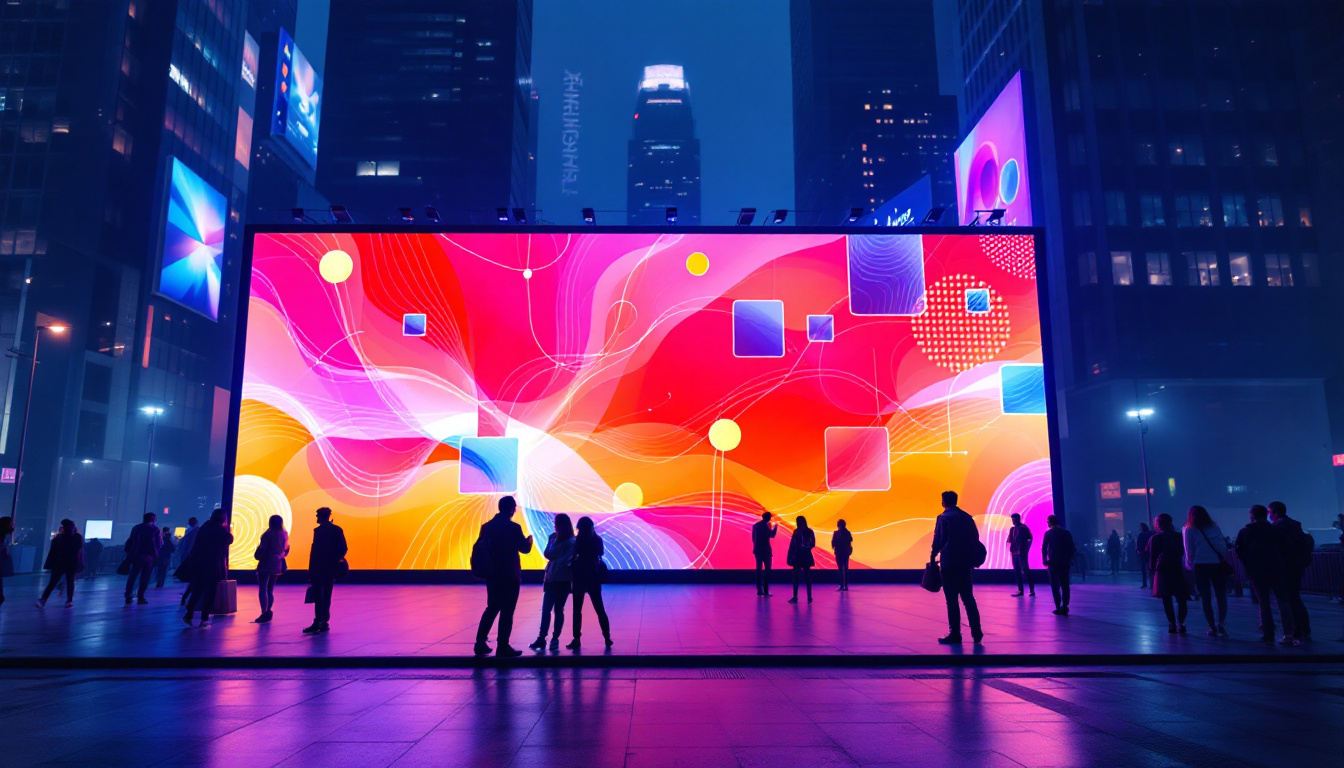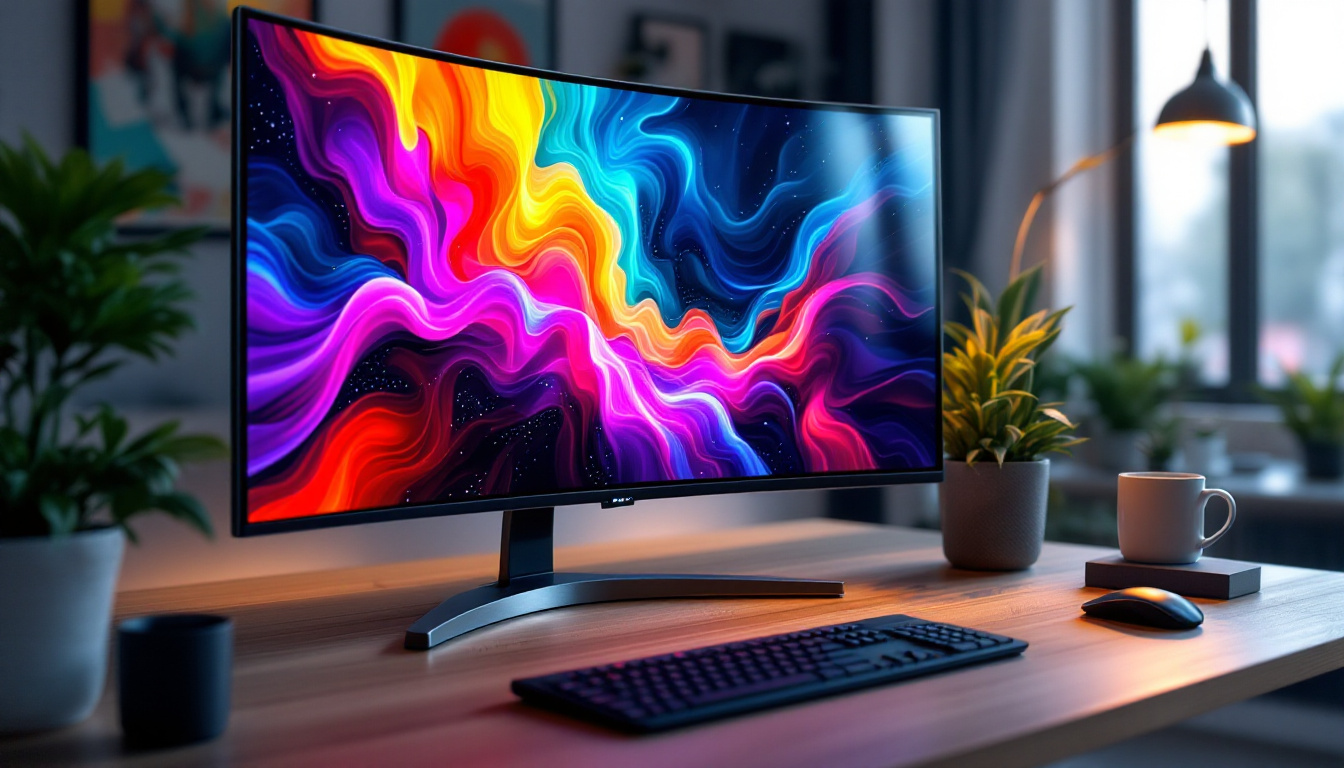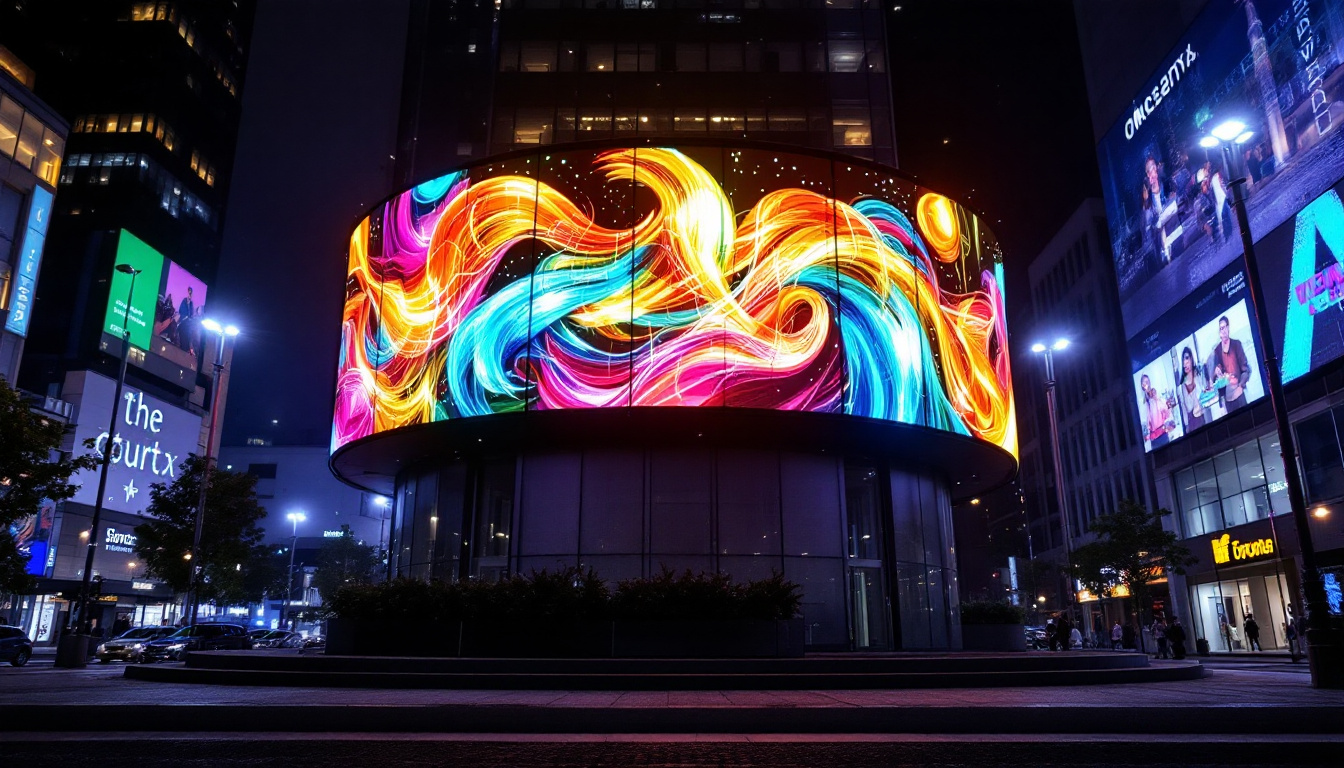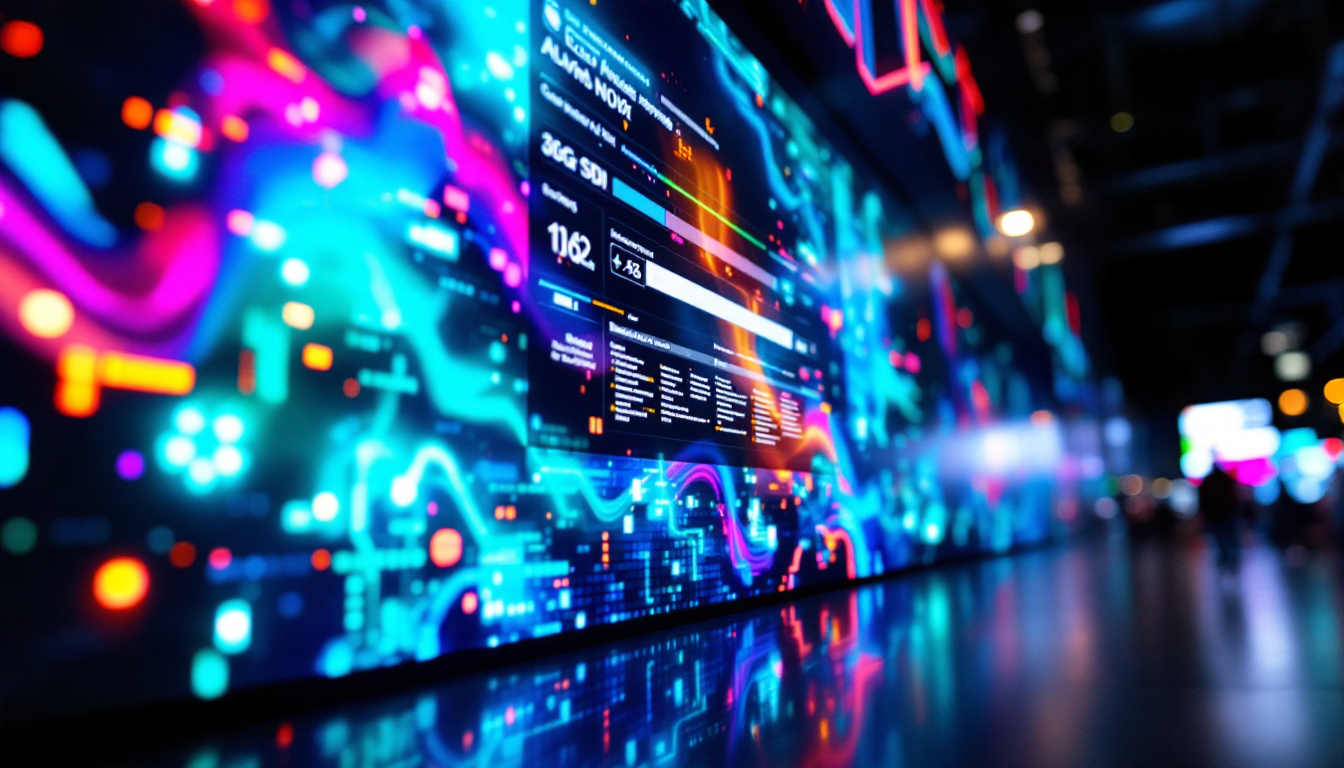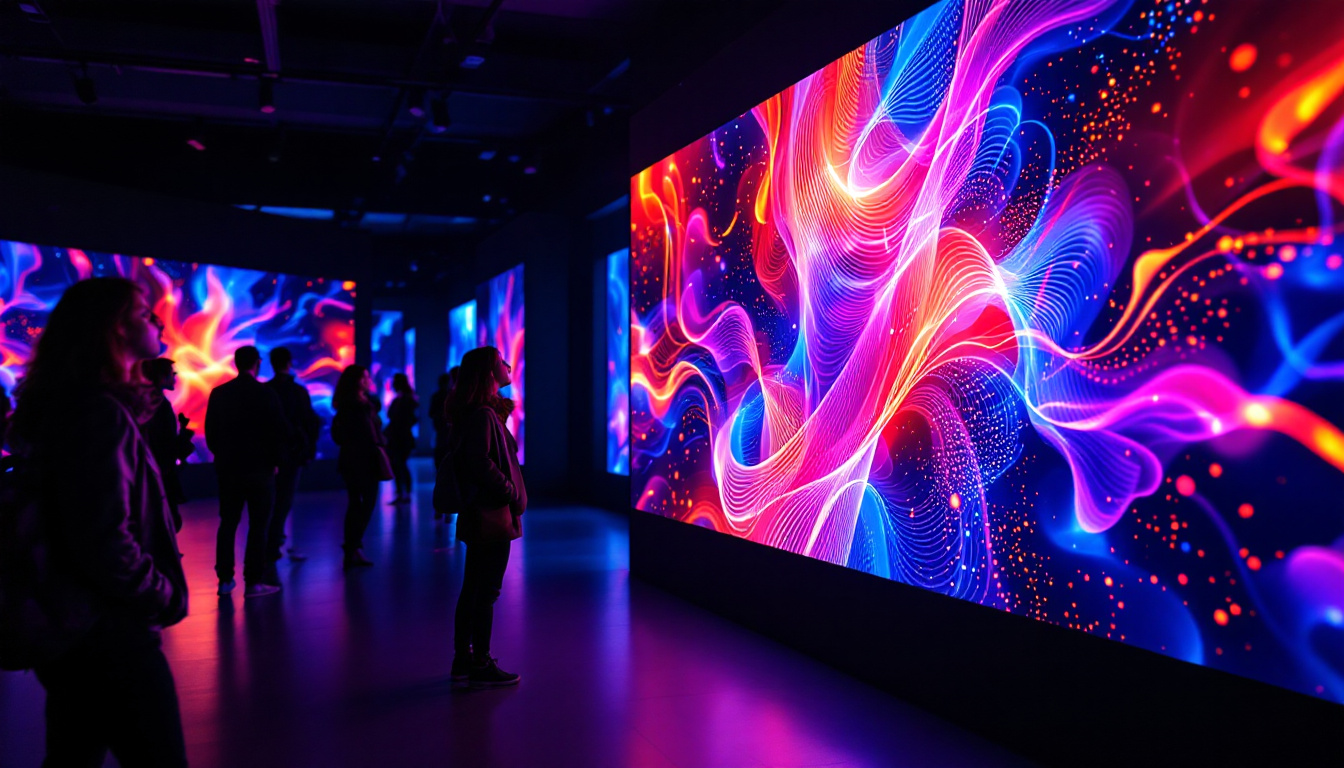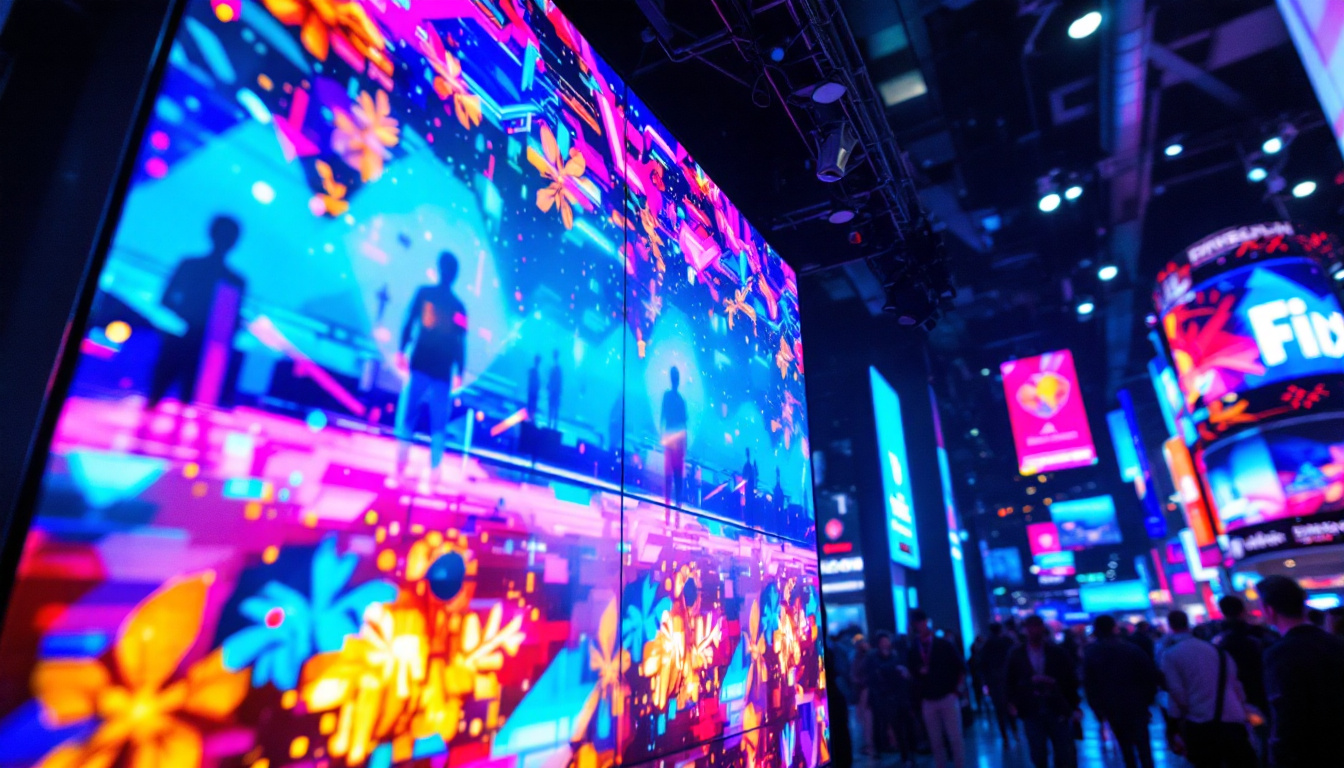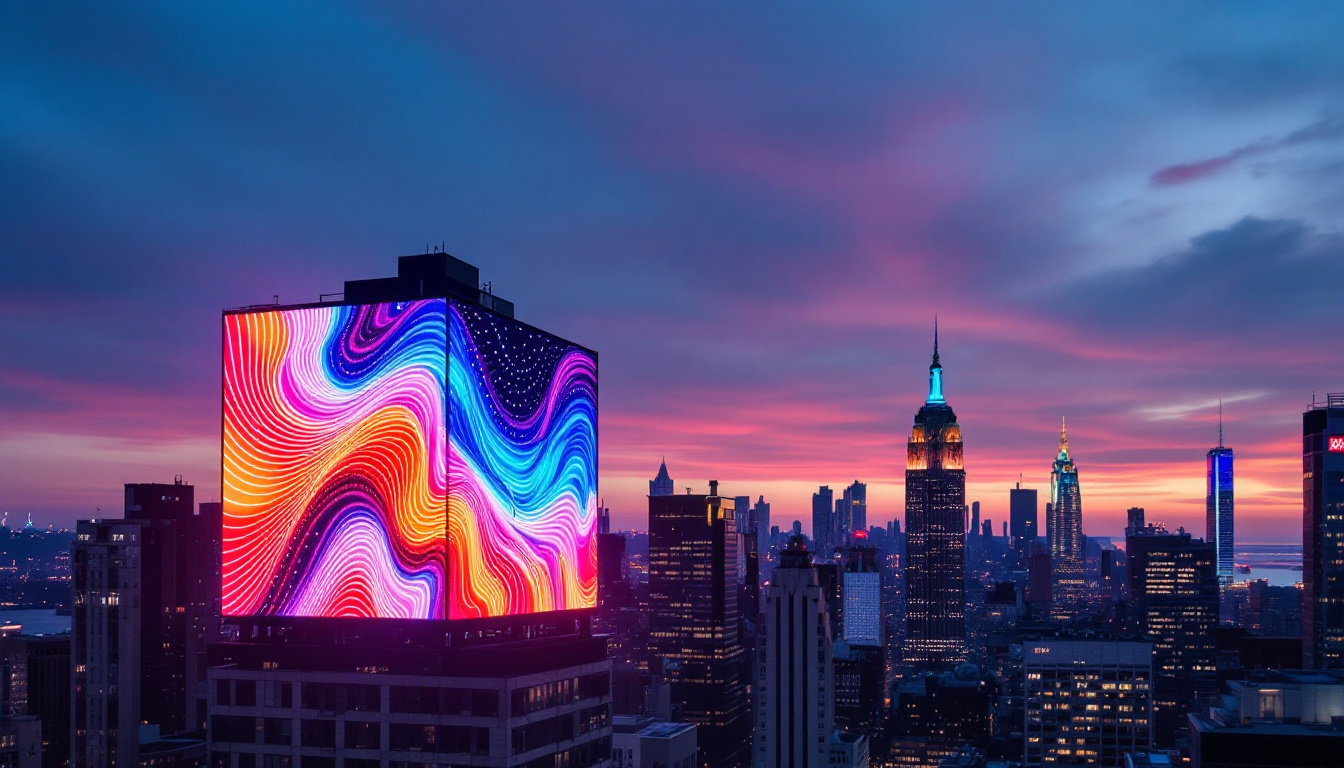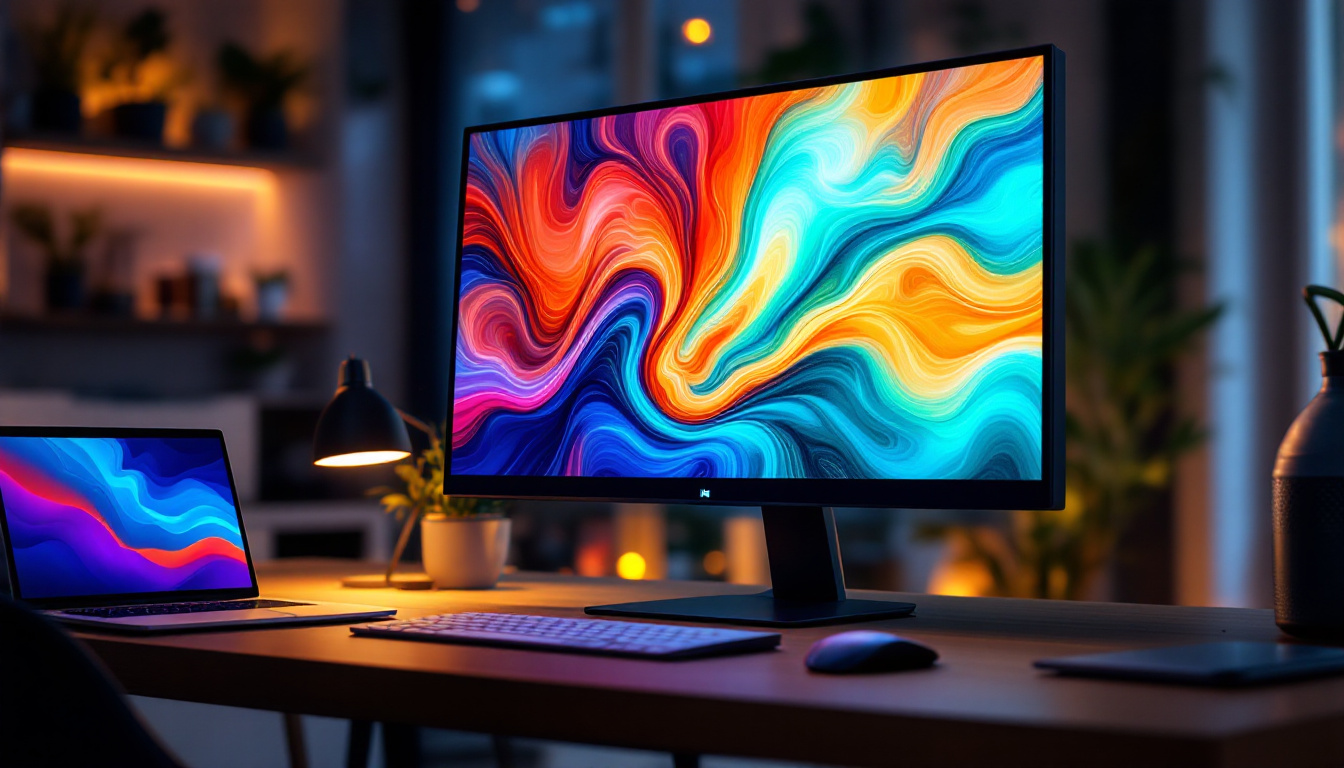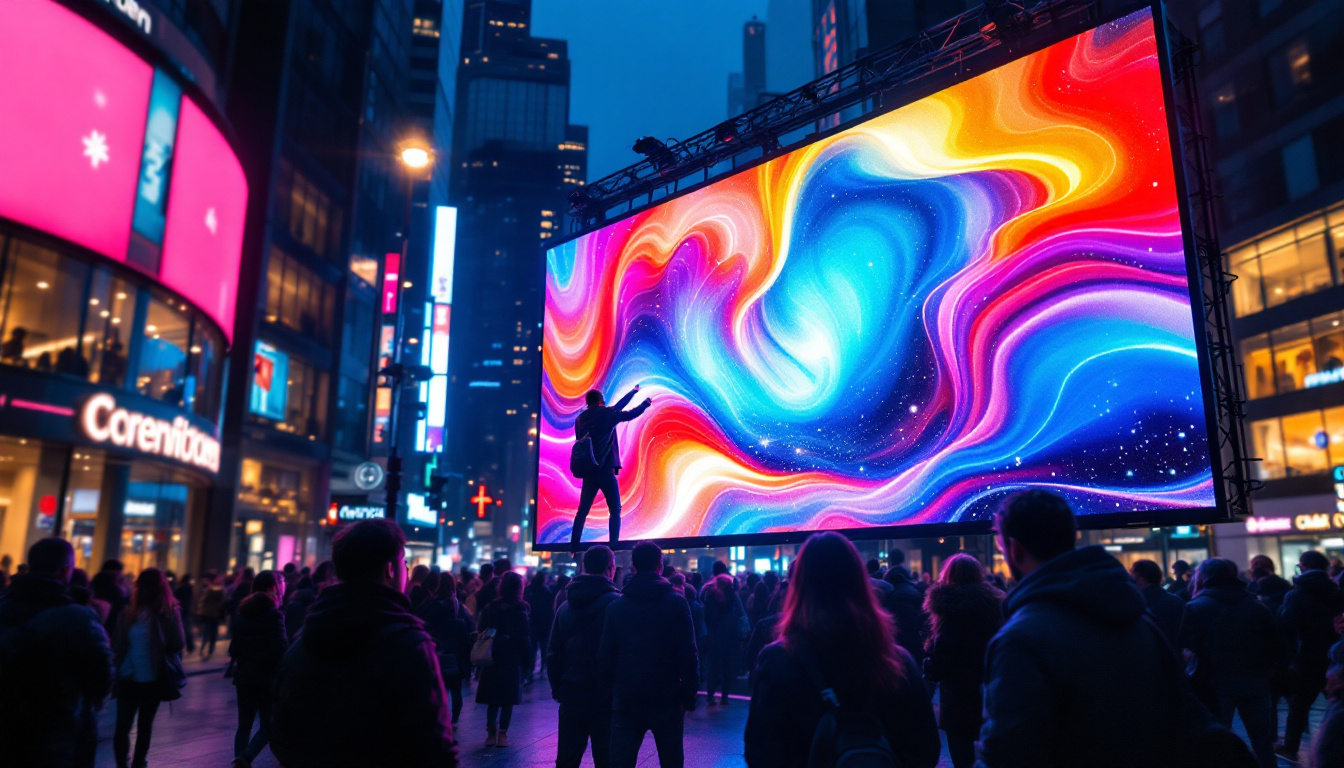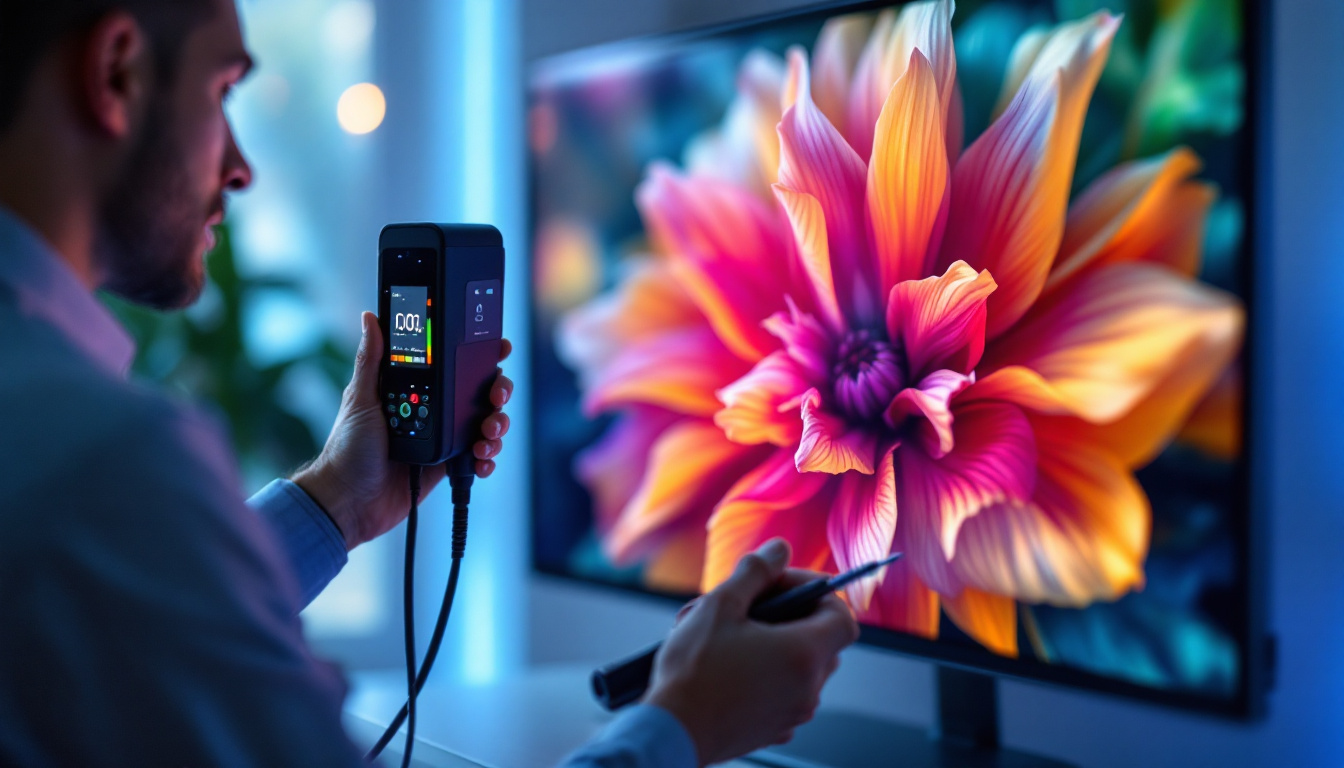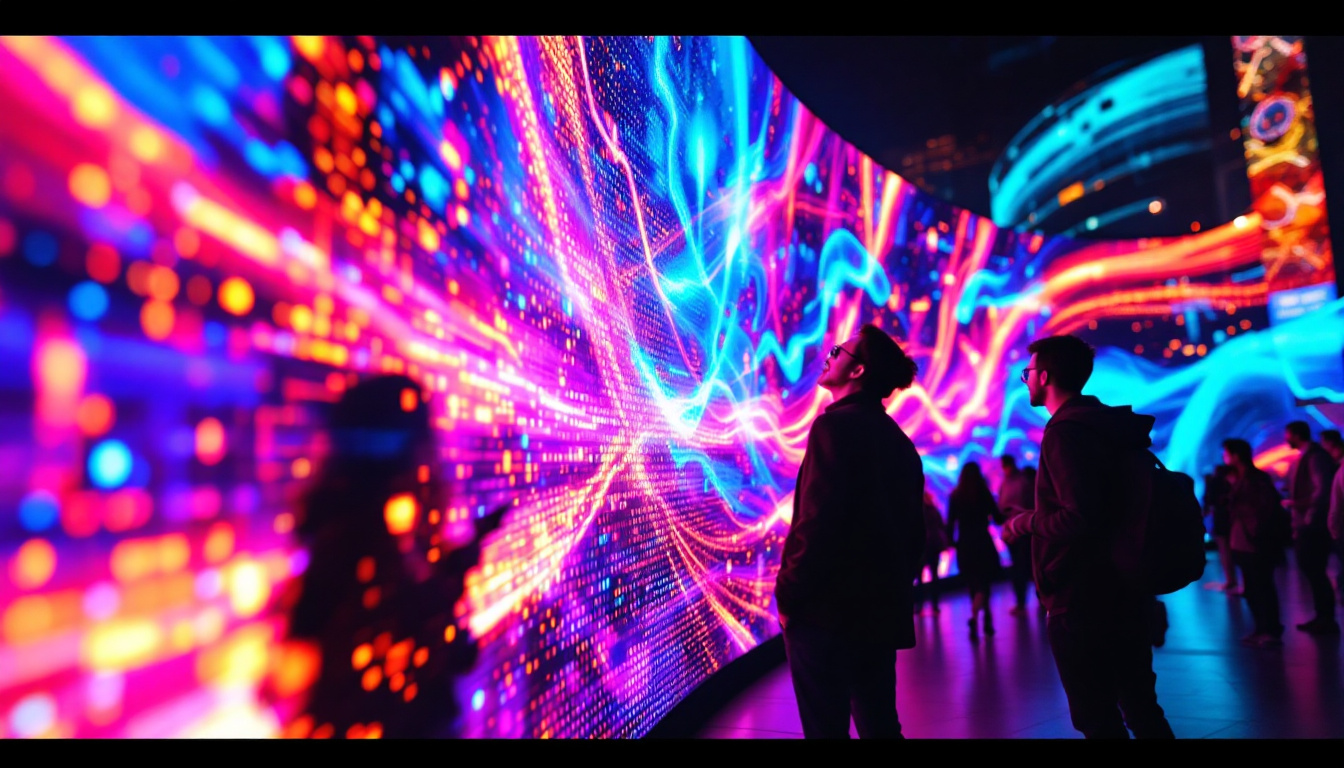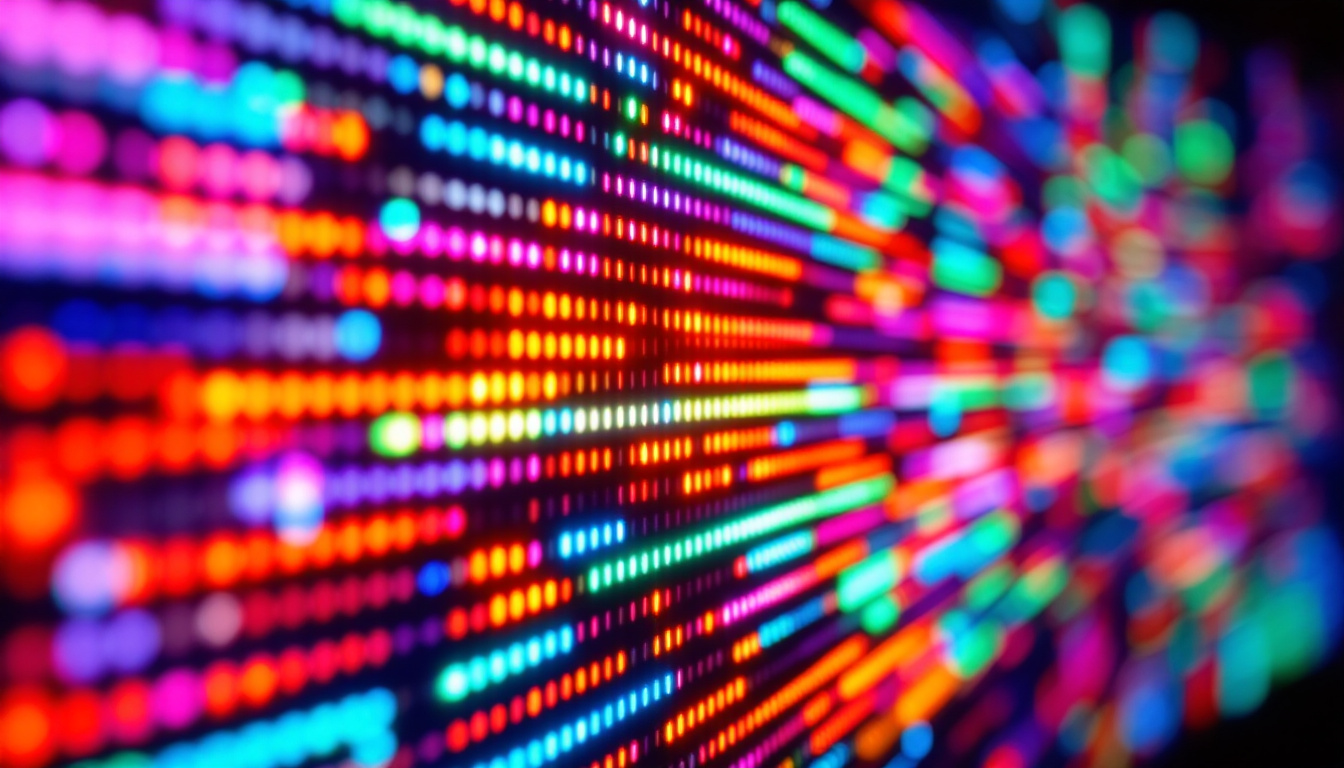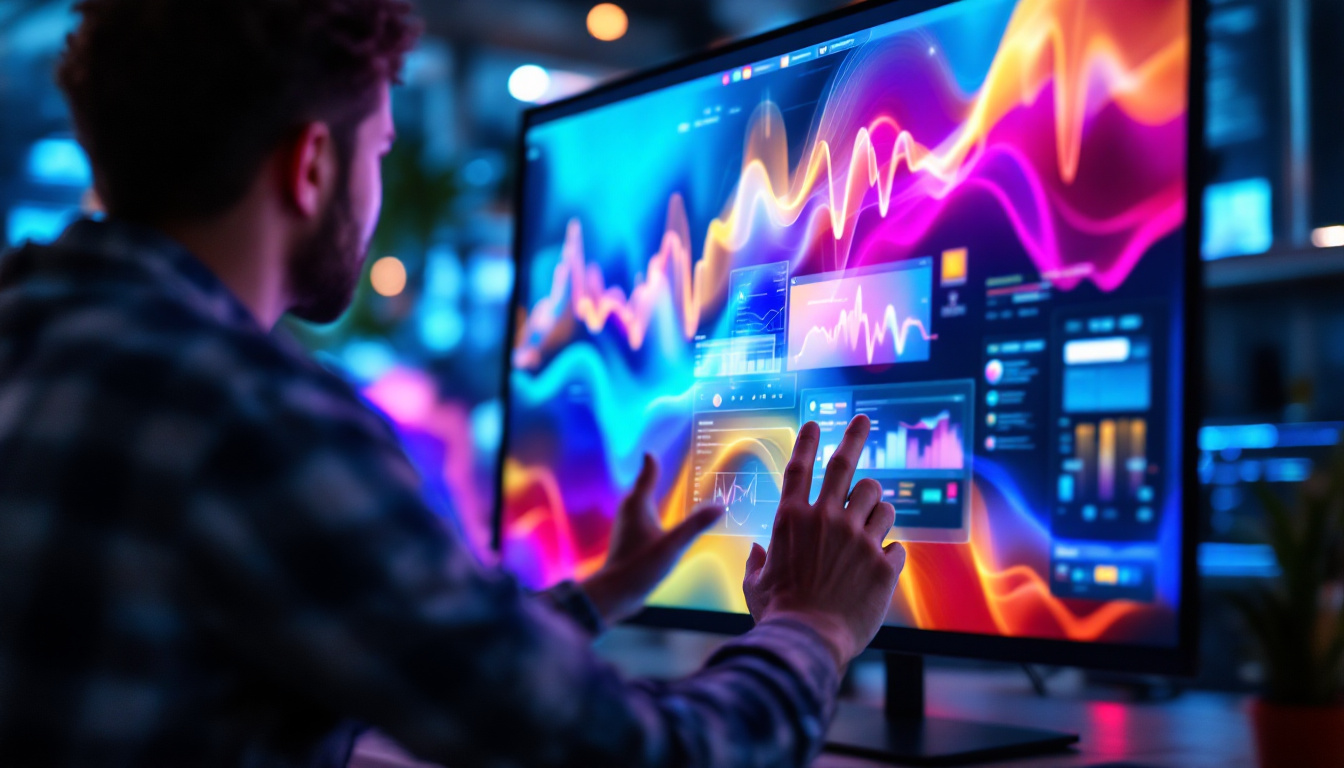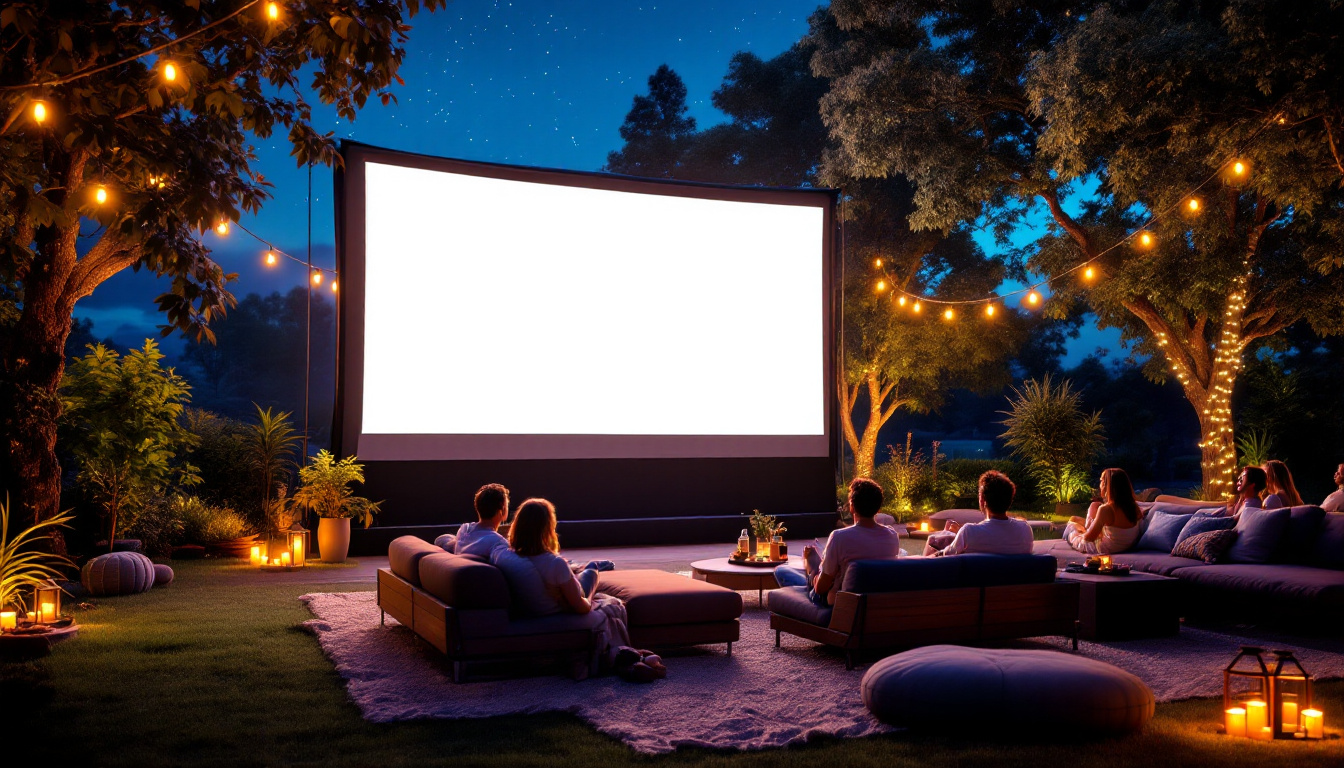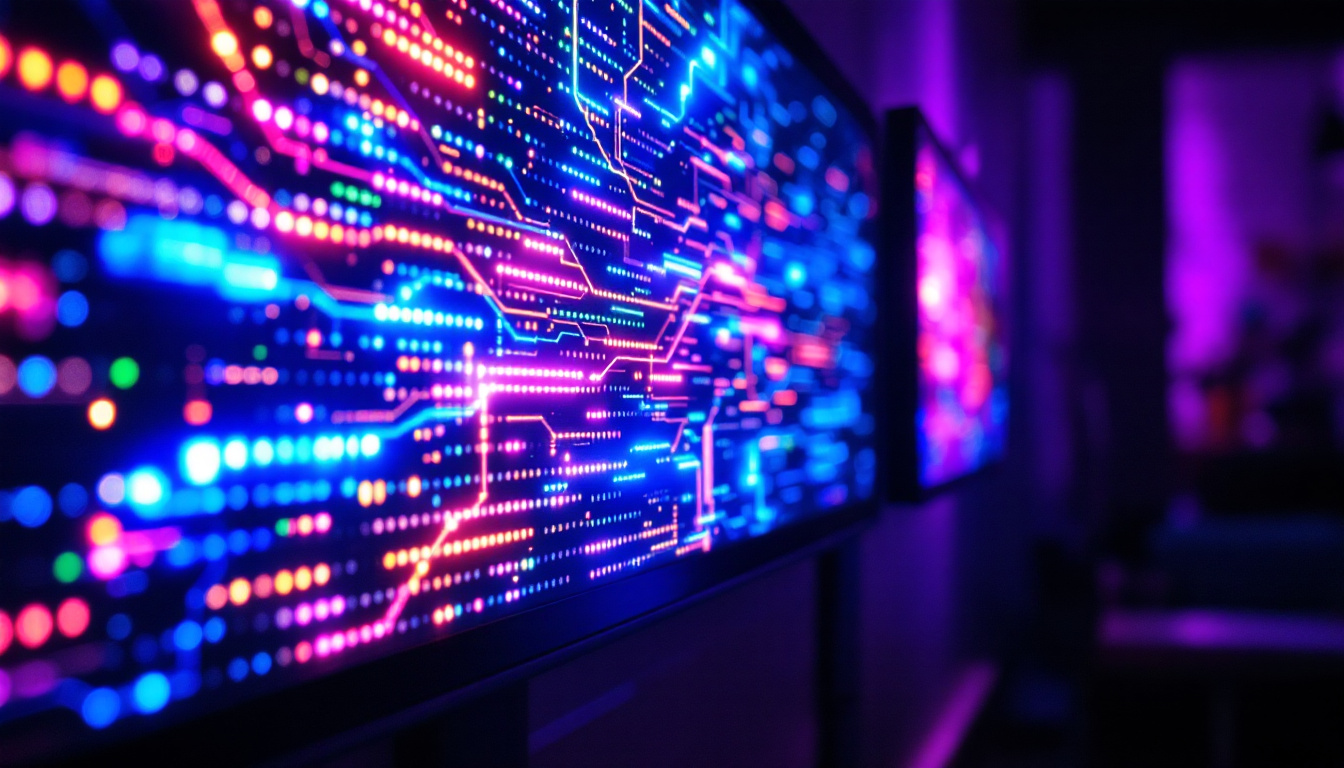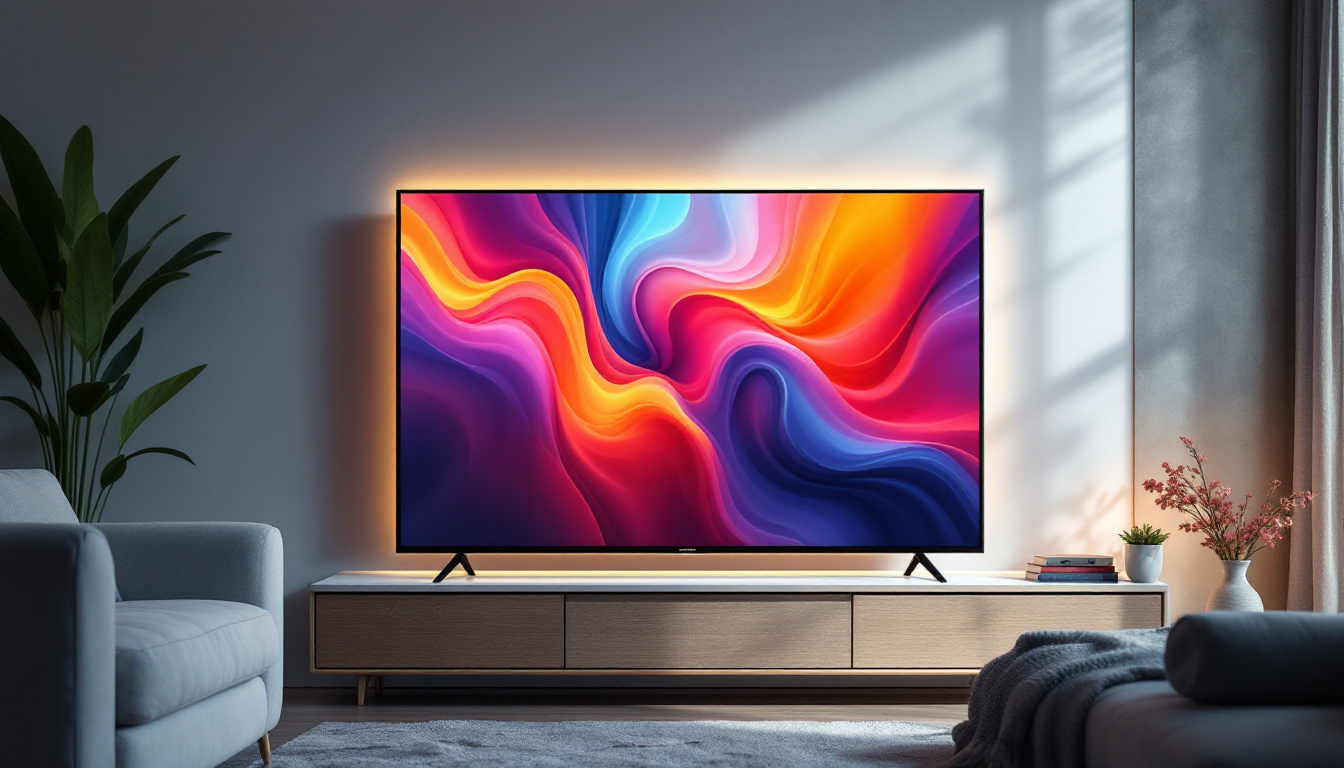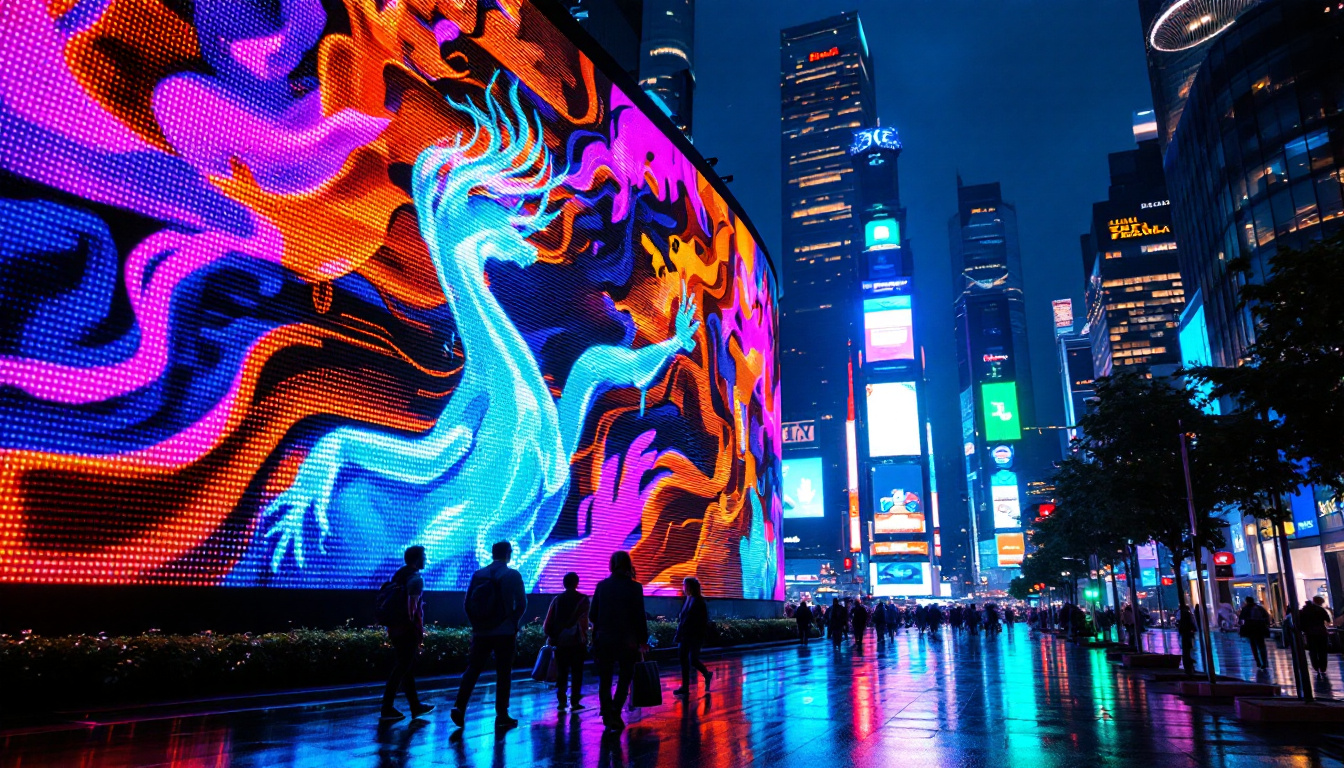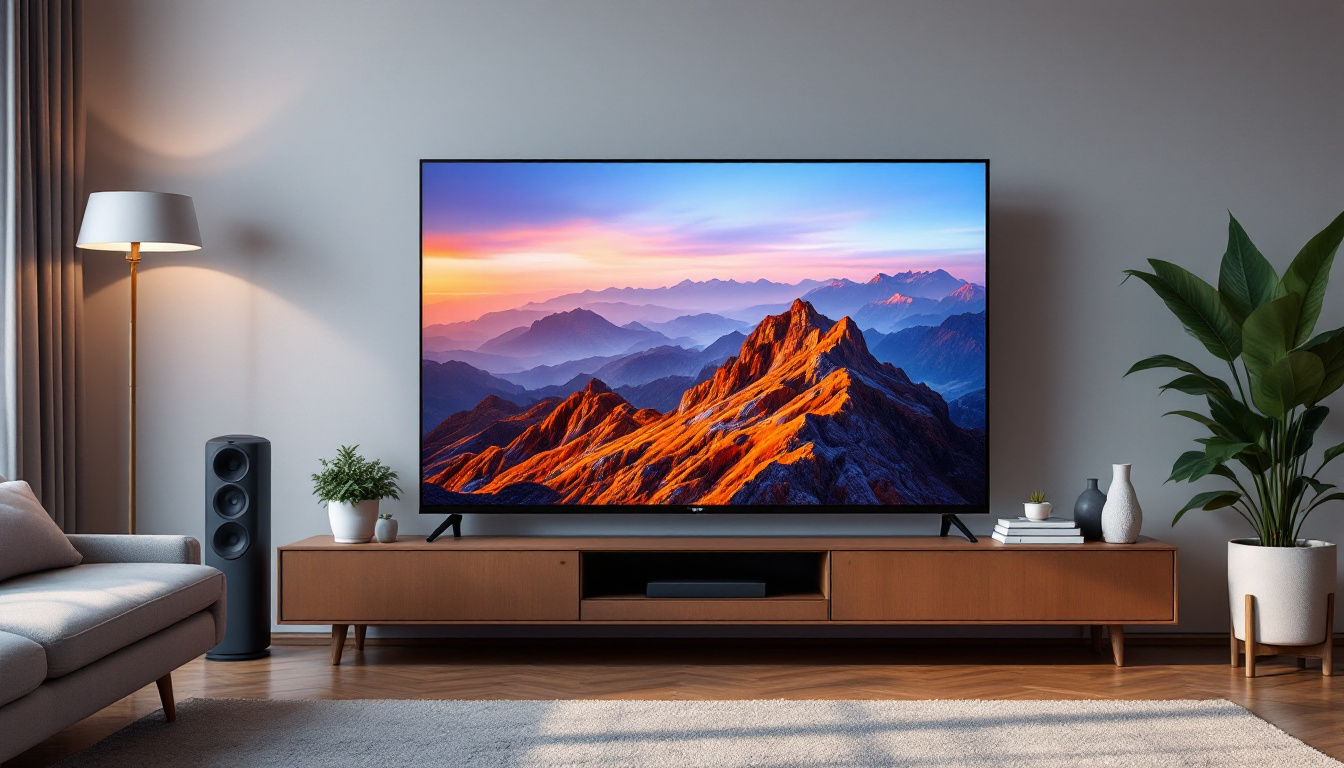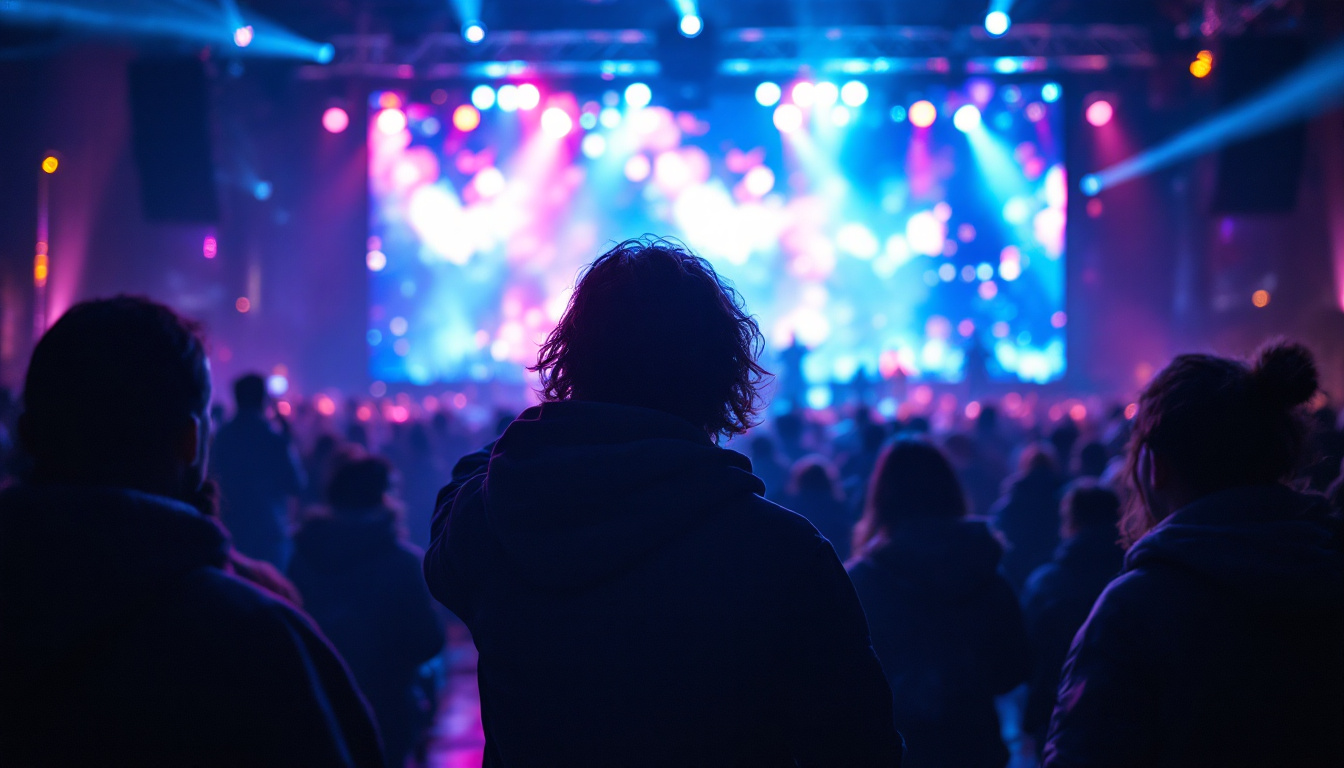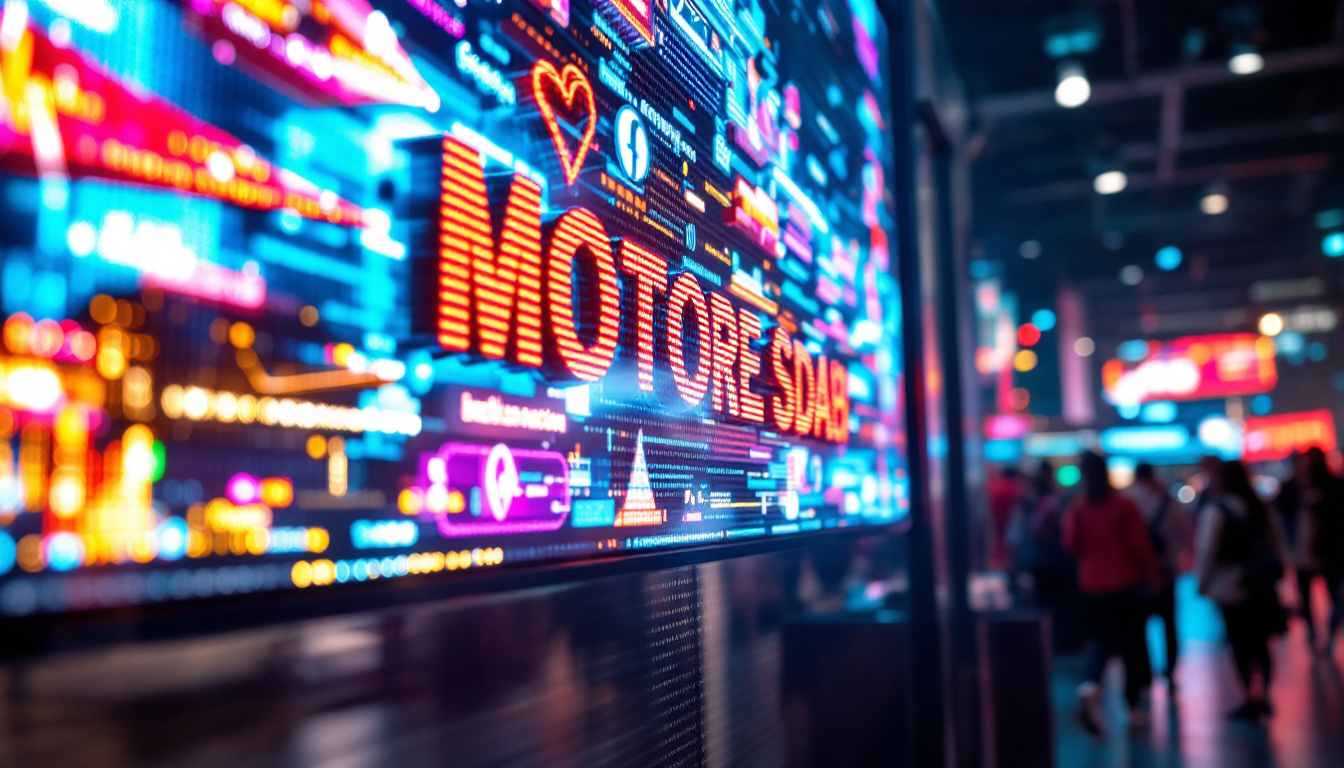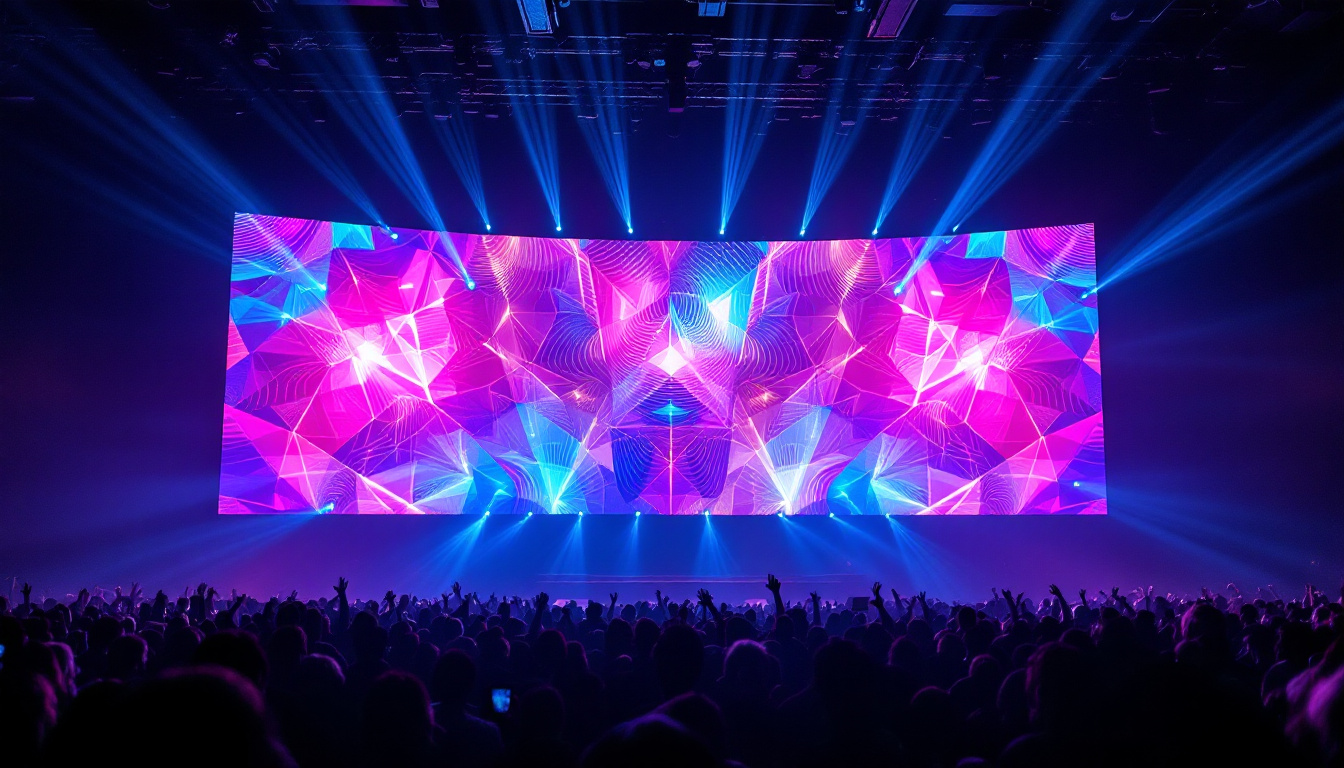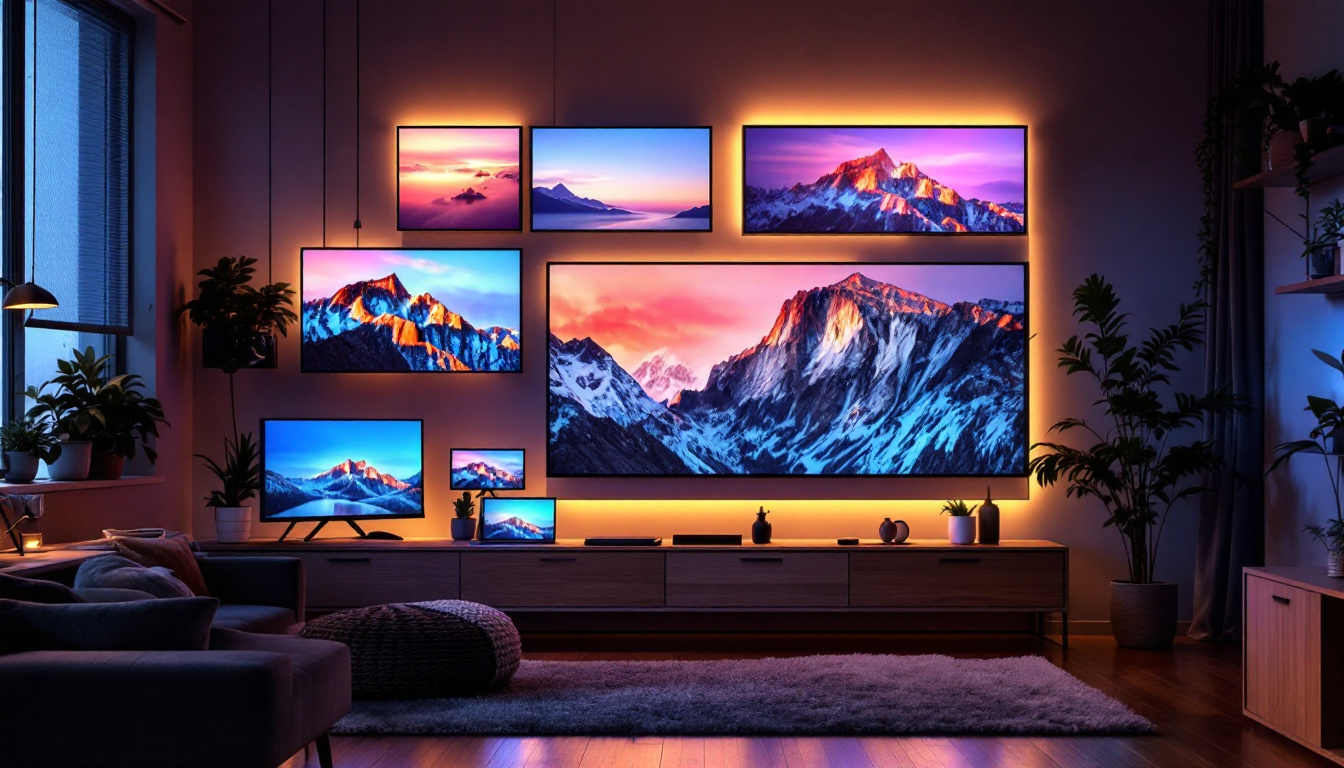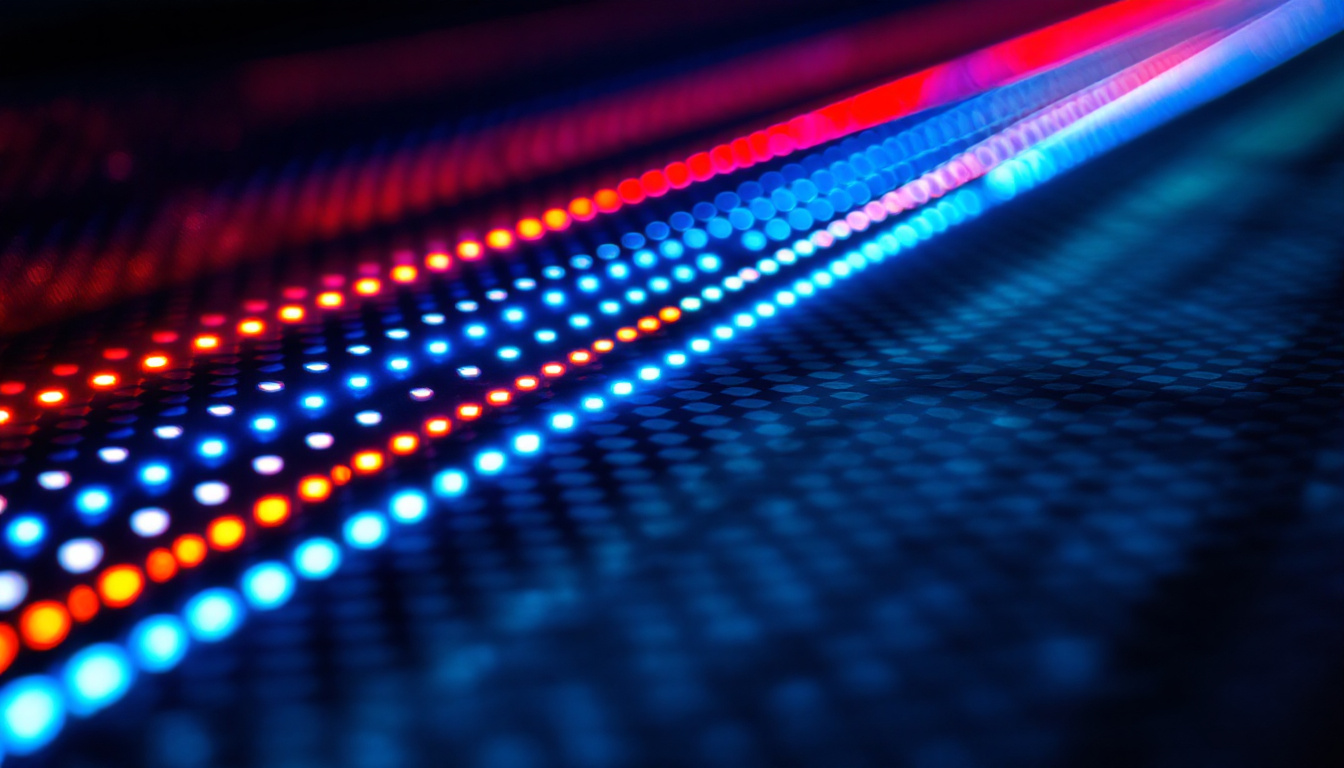Massive LED Screen: LED Display Explained
In the modern world, visual communication has taken on new dimensions, particularly with the advent of LED technology. Massive LED screens have become a staple in various environments, from concert venues to corporate events and advertising billboards. Understanding how these displays work and their applications can provide valuable insights into their significance in contemporary media.
What is an LED Display?
An LED display is a flat panel display that uses light-emitting diodes (LEDs) as its primary source of illumination. These displays can vary in size, resolution, and configuration, making them suitable for a wide range of applications. The technology behind LED displays allows for vibrant colors, high brightness, and energy efficiency, which are essential characteristics for effective visual communication. With advancements in technology, LED displays have become more accessible and are now commonly found in everyday devices, from smartphones to large outdoor billboards.
Types of LED Displays
LED displays can be categorized into several types based on their application and technology. The most common types include:
- Direct View LED: These displays consist of individual LED modules that form a larger screen. They are often used for outdoor advertising and large-scale events due to their high brightness and visibility. Their modular design allows for easy scalability, meaning they can be configured to fit various sizes and shapes, making them a popular choice for concerts, sports arenas, and public events.
- LED Backlit LCD: In this configuration, LEDs are used to backlight an LCD panel. This type is popular for televisions and monitors, offering improved brightness and contrast compared to traditional LCDs. The use of LED backlighting not only enhances the viewing experience but also contributes to energy savings, as LEDs consume less power than conventional fluorescent backlights.
- Organic LED (OLED): OLED technology utilizes organic compounds that emit light when an electric current is applied. This allows for thinner displays with better color accuracy and contrast, making them ideal for high-end televisions and smartphones. The flexibility of OLED technology also enables the creation of curved and foldable screens, pushing the boundaries of design and functionality in consumer electronics.
How LED Displays Work
The operation of an LED display is based on the principles of light emission and pixel arrangement. Each pixel in an LED display is made up of red, green, and blue (RGB) diodes. By varying the intensity of these three colors, a wide spectrum of colors can be produced. The pixels are arranged in a grid format, allowing for the formation of images and videos.
When an electrical signal is sent to the diodes, they emit light in varying intensities. This process is controlled by a driver circuit that interprets the incoming signal and adjusts the brightness of each pixel accordingly. The result is a dynamic and colorful display that can convey a multitude of visual information. Additionally, many modern LED displays incorporate advanced technologies such as refresh rate optimization and color calibration, ensuring that the visuals remain sharp and true to life, even in fast-paced scenes or varying lighting conditions.
Furthermore, LED displays are increasingly being integrated with smart technology, allowing for features such as touch sensitivity and interactive capabilities. This evolution has paved the way for innovative applications in advertising, education, and entertainment, where users can engage with content in real-time. As the demand for high-quality visual experiences continues to grow, the versatility and adaptability of LED displays position them as a cornerstone of modern display technology.
Applications of Massive LED Screens
Massive LED screens have found their way into numerous sectors, revolutionizing how information is presented and consumed. Their versatility allows for a wide range of applications, each benefiting from the unique features of LED technology.
Advertising and Marketing
One of the most prominent uses of massive LED screens is in advertising. Billboards and digital signage have transformed urban landscapes, capturing the attention of passersby with vibrant visuals and dynamic content. Advertisers can change their messages in real-time, tailoring their campaigns to specific audiences or events.
The ability to display high-resolution images and videos makes LED screens particularly effective in engaging potential customers. Whether it’s a promotional video for a new product or an announcement for an upcoming event, the impact of LED advertising is undeniable.
Entertainment and Events
In the realm of entertainment, massive LED screens play a crucial role in enhancing the audience experience. Concerts, festivals, and sporting events often feature large displays that showcase live feeds, graphics, and animations. These screens help create an immersive atmosphere, allowing attendees to connect with the performance, even from a distance.
Additionally, LED technology has revolutionized stage design, enabling creative lighting effects and visual storytelling. The integration of LED screens into performances allows for a seamless blend of music, visuals, and audience engagement.
Corporate and Educational Use
In corporate settings, massive LED screens are utilized for presentations, conferences, and training sessions. Their ability to display high-quality visuals ensures that information is communicated effectively, making them an essential tool for businesses looking to enhance their communication strategies.
Educational institutions also benefit from LED technology. Large displays in lecture halls and auditoriums facilitate interactive learning experiences, enabling educators to present complex information in an engaging manner. This not only aids comprehension but also encourages student participation.
Advantages of LED Displays
The rise of LED displays can be attributed to their numerous advantages over traditional display technologies. Understanding these benefits is key to appreciating why LED screens have become so prevalent.
Energy Efficiency
One of the standout features of LED technology is its energy efficiency. LED displays consume significantly less power compared to traditional LCD or plasma screens. This not only reduces operational costs but also minimizes the environmental impact, making LED displays a more sustainable choice.
Brightness and Visibility
LED displays are known for their exceptional brightness levels, making them suitable for both indoor and outdoor use. The high luminosity ensures that content remains visible even in direct sunlight, a critical factor for outdoor advertising and events. This capability enhances the effectiveness of visual communication, ensuring that messages reach their intended audience.
Longevity and Durability
LED displays boast a long lifespan, often exceeding 100,000 hours of operation. This durability reduces the need for frequent replacements, making them a cost-effective investment in the long run. Furthermore, LED technology is less susceptible to damage from environmental factors, such as temperature fluctuations and humidity, ensuring consistent performance over time.
Challenges and Considerations
Despite their many advantages, the implementation of massive LED screens is not without challenges. Understanding these potential issues is essential for making informed decisions regarding their use.
Initial Costs
The initial investment for massive LED displays can be substantial. While prices have decreased over the years, high-quality LED screens still represent a significant expenditure. Businesses and organizations must weigh the long-term benefits against the upfront costs when considering this technology.
Maintenance and Upkeep
Although LED displays are durable, they require regular maintenance to ensure optimal performance. Dust and debris can accumulate on the screens, impacting visibility and image quality. Routine cleaning and servicing are necessary to maintain the display’s functionality and appearance.
Content Management
Effective content management is crucial for maximizing the impact of massive LED screens. Organizations need to invest in software and training to create and manage dynamic content. This involves not only designing visually appealing graphics but also scheduling and updating content to keep it relevant and engaging.
The Future of LED Display Technology
The future of LED display technology looks promising, with advancements continually shaping its evolution. As technology progresses, several trends are emerging that may redefine how LED screens are used across various sectors.
Higher Resolutions
As consumer demand for high-definition content increases, manufacturers are focusing on developing LED displays with higher resolutions. This trend is particularly evident in the rise of 4K and 8K displays, which offer stunning clarity and detail. Such advancements will enhance the viewing experience, making LED screens even more appealing for entertainment and advertising.
Integration with Smart Technology
The integration of LED displays with smart technology is another exciting trend. As the Internet of Things (IoT) continues to expand, LED screens can be connected to various devices and systems. This connectivity allows for real-time data display, interactive content, and personalized experiences, further enhancing their utility in both commercial and educational settings.
Environmental Considerations
With growing awareness of environmental issues, manufacturers are increasingly focusing on creating sustainable LED displays. This includes using eco-friendly materials, reducing energy consumption, and improving recyclability. As sustainability becomes a priority for consumers and businesses alike, the demand for environmentally conscious LED technology is expected to rise.
Conclusion
Massive LED screens have transformed the landscape of visual communication, offering unparalleled brightness, energy efficiency, and versatility. From advertising to entertainment and education, their applications are vast and varied. While challenges exist, the benefits of LED technology far outweigh the drawbacks, making it an invaluable asset in today’s media-driven world.
As technology continues to advance, the future of LED displays appears bright. With higher resolutions, smart integrations, and a focus on sustainability, massive LED screens are poised to play an even more significant role in shaping how information is conveyed and consumed. Embracing this technology not only enhances communication but also paves the way for innovative experiences that captivate audiences worldwide.
Discover LumenMatrix’s Innovative LED Solutions
Ready to elevate your visual communication with the latest in LED display technology? LumenMatrix is at the forefront of creating immersive and dynamic visual experiences. Whether you’re looking to enhance your brand’s visibility with an Indoor LED Wall Display, captivate passersby with an Outdoor LED Wall Display, or engage fans with a LED Sports Display, LumenMatrix has a solution tailored to your needs. Explore our wide range of products, including Vehicle LED Displays, LED Poster Displays, Floor LED Displays, Custom LED Displays, All-in-One LED Displays, and LED Transparent Displays. Join the revolution in digital signage and let LumenMatrix help you share your message with precision and flair. Check out LumenMatrix LED Display Solutions and start creating unforgettable visual experiences today.

